You could be forgiven for thinking media relations and public relations (PR) are the same thing. Media relations is a crucial part of every PR’s job, but they are very different. Public relations is the relationship a company or organisation has with the public, but media relations refers to the relationship an organisation develops with key journalists and editors.
Why is 'Media Relations' so important?
At a PR and Media Relations Summit in New York, keynote speaker Raymond F. Kerins, Bayer Corp’s Senior Vice President and Head of Communications and Government Relations, weighed in with reasons why media relations is so crucial and the three basic principles to remember.
- The media won’t cover you if they don’t know you
This sounds simple enough, but this really is the main essence of media relations. Media and reporters have tight deadlines, and they will reach out to PRs and organisations they have a relationship with. Focus on being a resource for the media, and endeavour to make meeting with you and your company worth their time. - Focus on relationships, not just pitching
Of course it is possible to secure a placement with an email pitch, but Kerins suggested that building and sustaining relationships are key to getting those larger placements; and this takes time. There really is no substitute for relationships built over time and experience. - Don’t just work at your desk
We have the world at our fingertips with a few taps of our keyboard thanks to technology. Tools and data is great to find people, but nothing works better than relationships made in real life. Kerins urges his team to leave their desks, in fact, it really bothers him if he sees his team spending too much time in the office. “Engagement is the cornerstone of success when it comes to communications”, says Kerins. He also suggests that media relations pros should spend 50 percent of their time outside of the office engaging (and educating) reporters and editors.
How we interact with journalists, reporters and editors is the key to better understand the type of content that works and doesn’t work, and therefore helps shapes the content we create for our clients.
If done right, media relations can almost guarantee media coverage. Creating a positive working relationship with a journalist is vital as they are more likely to provide coverage for your client than a journalist just being pitched something for the first time, which may not be relevant and with no prior relationship or rapport with the PR behind the email.
As an agency, this is beyond valuable. Creating this positive, comfortable and long-term relationship with the media means you are putting your clients right at the forefront of the journalist’s mind. This is very useful as this may mean the journalist will then be able to come to you when they require a source, expert quotes or opinions from your clients for an article or feature they may be writing. Therefore, the most important aspect of media relations is developing, maintaining and nurturing relationships with the media.
So how do you go about it?
Email introduction
Face-to-face meetings are crucial when developing relationships, and more importantly presenting your clients to the media. However, setting up those meetings can prove to be a challenge! Like PRs, journalists and editors are extremely busy, often having to write at least 6 articles a day. I have met dozens of journalists, and they have all said email is the preferred method of contact rather than calling them.
The Express, for example, hot desk so they don’t have direct lines and would rather not to be called. I was actually told by an editor at the Express that she doesn’t answer the phone if it rings. AskMen also stated that phone calls are not well received in the office. If they are called by PRs, they are asked to just email anyway because the journalists don’t have time to be pitched content on the phone; they would rather just see the piece for themselves. This is also echoed by the Independent, who also do not like to be called and would like all the information in an email. So, email is the way forward!
One of the things I have learnt through my media relations is that journalists get thousands upon thousands of emails every day, so your initial email needs to stand out. Phil Hilton, editorial director of Shortlist Media, recently said that the subject of the email PRs send through is important, but doesn’t need to work hard to grab attention, “The trick is to say anything that seems informal and send something that looks like it’s crafted just for me.”
We all like to receive emails that look like a human has written them, so incorporate this into your introductory email to the journalists. In my experience, I have had a lot of success with simply putting “Media Relations: Coffee or Lunch?” in the email subject line. My rate of email response is high, which is great - the more meetings the better!
So now you have the journalist’s attention. Next, the body of the email. Here, it is essential to introduce yourself, what you do, and why you are emailing them.
I choose to also list a few of our clients, just so the journalist knows the type of clients we work with and how they might be of interest to them. It’s important to tailor the clients you list to the topics of interest to the journalist - doing your homework is critical.
Here is an example of an email I have sent to a lifestyle writer at a large media publication:
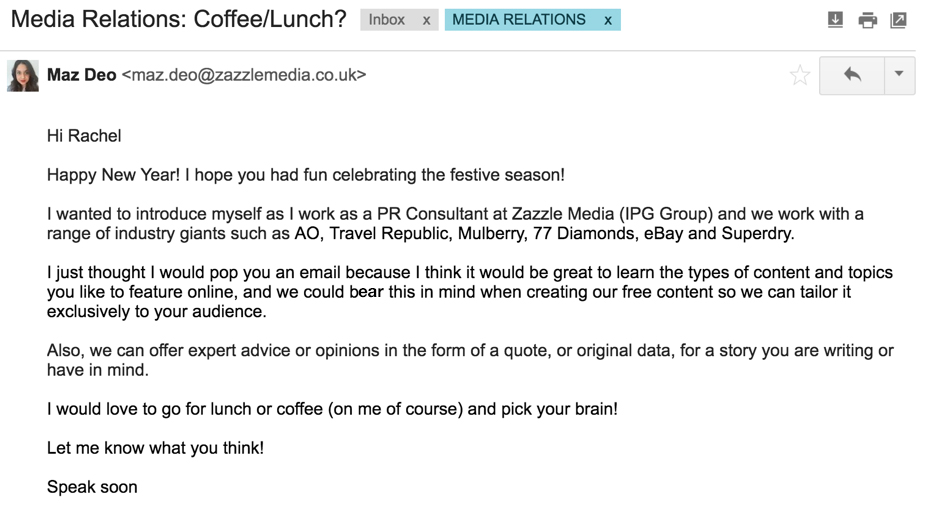
This email resulted in arranging a lunch with this specific lifestyle journalist. So what’s next?
Planning and preparation
Planning is key! Turning up to a meeting without preparing and doing the necessary research is not only a bad reflection on you, but it doesn’t look too favourably on your company or your clients.
There are several things I do to prepare and help make sure the meetings go as smoothly as possible, whilst ensuring I effectively get the most out of each and every meeting. One way of preparing involves sitting down with our PR team to see what work we have at the moment for our clients. Here, I can see if we are working on anything that may be suitable to pitch in and talk about with the journalist. It is also important to look at the type of content and topics we have in the pipeline for our clients so it can be discussed with the journalist to better understand if that piece of content would work well for them, and how it may be tweaked to be a perfect fit for their publication.
Another way I prepare is by sitting down with our content team. This allows me to discuss anything that is being worked on at the moment to see if it could be pitched in to the journalist. This meeting also allows the content team to put forward any questions they might have for the journalist, which could alter our approach to content and the way we present it.
The media relations meetings should be treated as an educational experience for everyone, so getting as many people involved at the beginning ensures you get the very best out of the day.
One very crucial part of your preparation is research. Make sure you have thoroughly researched the publication and the journalist you are meeting. This means knowing the political stance of the publication, the target audience, and the background of the publication. Knowing the type of topics your journalists likes to write about is also so important. For example, you don’t want to be discussing content you have around travel if this particular journalist has never written about travel and mainly focuses on beauty and fashion.
It always helps to familiarise yourself with some recent articles the journalists has written. It doesn’t take too long to do this, but it shows the journalist you have actually read their work which speaks volumes when developing a positive working relationship!
The meeting
It’s here! This is the exciting part. Meeting journalists face-to-face is one of my favourite aspects of my job. If done right, it can be so rewarding for everyone.
There are basic interview and questioning techniques which can be applied when meeting journalists, making sure you are getting all the information you need.
Asking open-ended questions and lightly probing will guarantee you get as much information and detail as you need.
The main thing to keep in mind throughout your meeting is not to be too formal. Building a rapport with anyone is much easier to do in a relaxed atmosphere, where you are able to talk through things informally and really get to know what the journalist likes and dislikes. Meeting for coffee or lunch is ideal for this - somewhere close to the journalist, perhaps somewhere they have recommended, so you are making it as easy for them as possible.
Have your agenda prepared, and this may be in written form. This ensures you don’t miss anything out and you can make sure you get everything answered.
The questions you will ask each journalist will vary depending on the journalist and the type of content and clients you have to discuss. However, there are a few key questions you should endeavour to ask during your meeting:
- What type of content do you prefer and which works best for you and your audience?
- Which topics do you find to be the most popular?
- Is video content something you would be interested in featuring?
- Do you like to feature pre-written content? What length would be best?
- Are case studies and photographs something you would be interested in featuring?
- If we came to you with an idea for a piece of content, how soon would you expect to see the finished piece?
- Are there any topics that are burning a hole in your back pockets that we could help with? This could take the form of quotes, content and data.
- How many articles do you have to write each day?
- How you feel about seasonal content? (Mother’s Day, Father’s Day, Valentine’s Day, Easter, Halloween, Christmas etc)
- Are press trips and product reviewing something that could work for you?
These are just a few examples of questions that I always make sure I ask the journalist. They ensure a good amount of feedback that can help make sure we are sending the right information to the journalist, and gain a better understanding of the types of content each journalist prefers.
Don’t be afraid to have any questions you have written down and to hand during your meeting so you don’t miss anything off. That being said, I tend not to write notes during the meeting. Building rapport and a relationship is the main aspect of media relations, so listening and being engaging is crucial. Take everything in, and type up your notes once the journalist has left or on your train journey home. Keep in mind that journalists and editors are extremely busy. For them to take time out of their day to meet you is great, so make sure to make the most of the experience and not waste your time and the journalist’s time.
Remember, it is critical that you make the best impression possible. Journalists form lasting opinions of you, your company and, most importantly, your clients from the meeting. A disorganised meeting can reflect badly on you. As soon as you meet the journalist you are portraying an impression of your company and clients. To create the desired impression be well-presented, organised and on time!
The feedback
One of the main reasons why media relations is so crucial for any content marketing agency is the invaluable feedback you can receive from the media. The media is where you want your content to feature, so it makes sense you understand what journalists and editors want and then design and alter your content to reflect this.
The top 5 pieces of feedback I have received when going out and meetings journalists are:
- Relevancy
Make sure that what you are sending to the journalist is relevant to what they write, and to the audience of the publication. This is help you avoid wasting your time and the journalists time. The last thing you want to do it get off on the wrong foot, so do your homework! - Newshook
Much of the feedback I get is that content sent over needs to have a news hook. It has to be topical and interest the reader. Understandably, not every piece of content you ever send is going to have a news hook, but it is important to find something that would make the journalist want to post it at that moment. - Statistics and Case Studies
This is something most journalists would love. Original data is great for journalists to use and create an article around. This could be a survey you have commissioned on behalf of your client, or it could be original data from the client themselves that they already had.
Case studies also work really well as original stories with a real life element. However, feedback I have received from many journalists is that they would prefer to interview the case study themselves. - Exclusivity
Offering data, images and stories as exclusives is always appealing to journalists - if the content is right. The content doesn’t have to be exclusive for the entire duration of the campaign. A journalist from the Express recently told me that exclusivity may only need to be for a few days, with the first day being the most important because they will be ahead of the competition. - Video and Imagery
Video is becoming more and more popular with journalists. The great thing about video for site owners is that it keeps people on their site for longer. The Mirror, for example, are big fans of video content. However, there are conditions. The video has to offer something different than what an article or text could do. Unlike articles, people don’t really pause or stop and come back to it later. So the video has to be engaging, interesting, useful and unique.
It is imperative to pass on the knowledge you gain from any meetings to the relevant people within your business. Sitting down with the content and strategy teams means the information I have learnt will help shape the content we produce for our clients, and therefore should ensure an effective media placement.
When it works
I have gained a great deal of insight through going out and meeting journalists and editors, with much of it paying off with some great placements.
One example of feedback I have received in the past, is that visual content works really well when it is slightly smaller and able to be embedded throughout articles to help the reader
This suggestion by the journalist was then fed back to our content creation team, and now data card style content is something we distribute regularly for our clients.
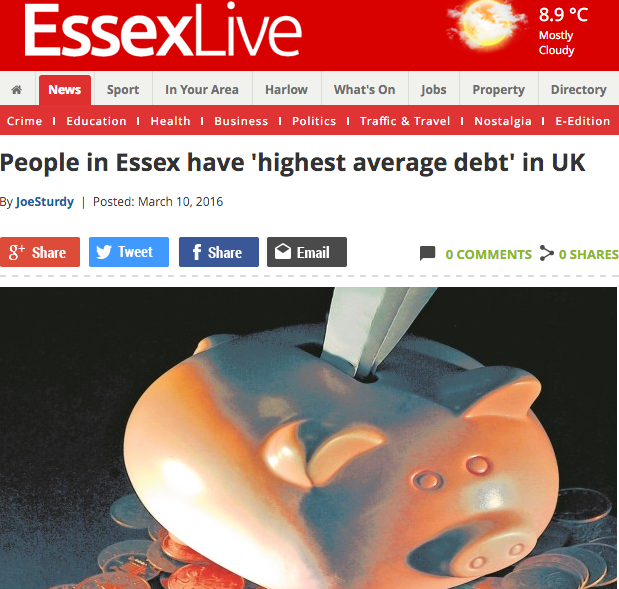
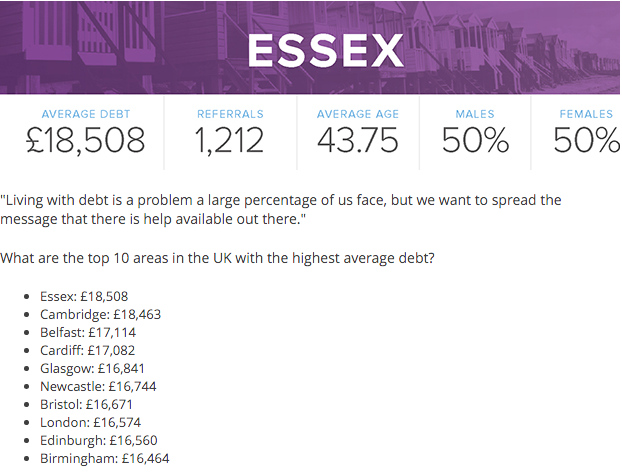
Another example of feedback I have received is that original survey data and statistics are popular amongst journalists. Offering some of the statistics as exclusives works really well too. Surveys are now worked into many of our client strategies, as we are able to break down the data into gender, age and region. This then means we can target different niches, publications and regional sites with different angles, therefore maximising the amount of placements we can get. An example of this is shown below.

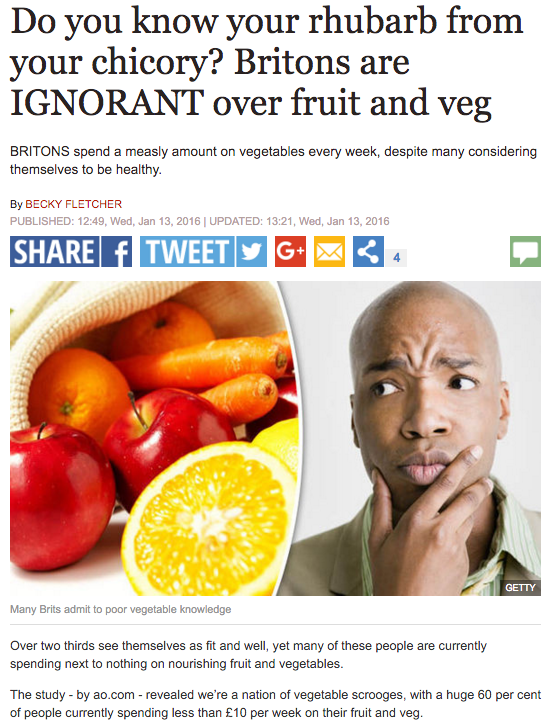
The final example of feedback that has now shaped the content creation for our clients is the use of real life case studies in features. Pitching in the feature idea and the case study is an important first step to make sure you have a placement lined up and can therefore tailor the case study to suit that publication. The right case study for the right journalist can really pay off!

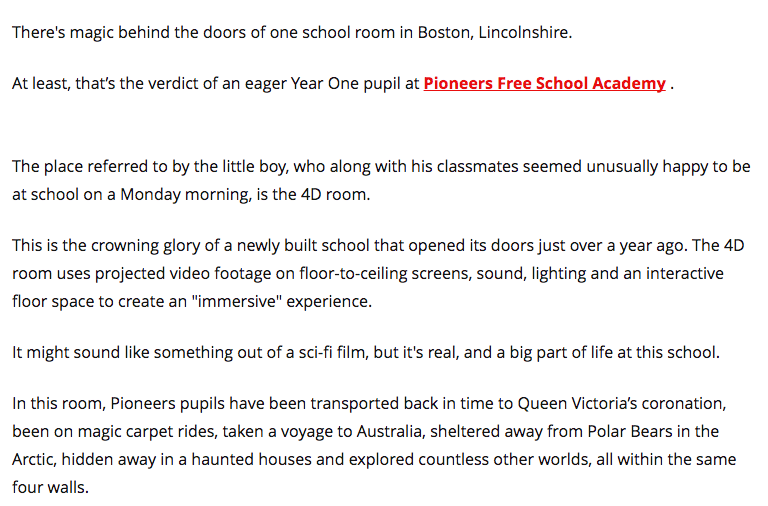
When it works, it really works!
Public relations cannot function effectively without constant communication with the media. The media landscape is evolving and adapting to the changing ways in which people are looking for news and entertainment online. So we have to be ahead of the game.
Media relations goes hand-in-hand with PR, and it is here to stay.
It is crucial to invest the time in building relationships with key editors and journalists, and foremost making sure we are always generating the most desired, popular and creative content and ensuring the best media coverage for our clients.
Sign up for our monthly newsletter and follow us on social media for the latest news.
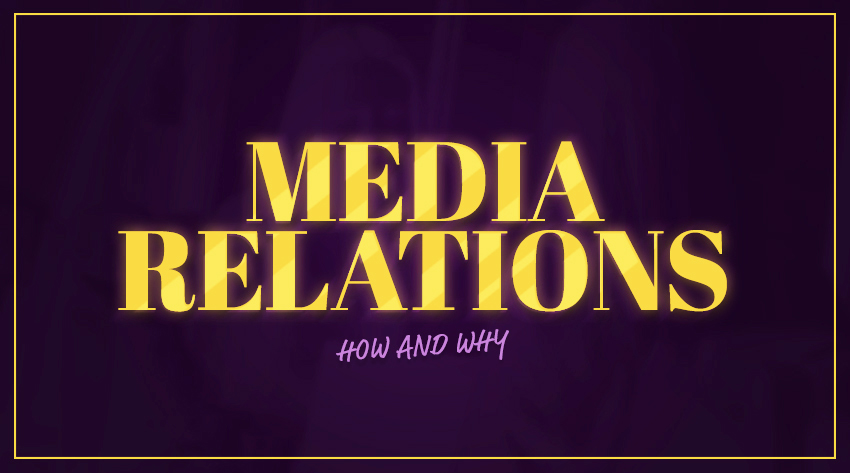




 Proudly part of IPG Mediabrands
Proudly part of IPG Mediabrands